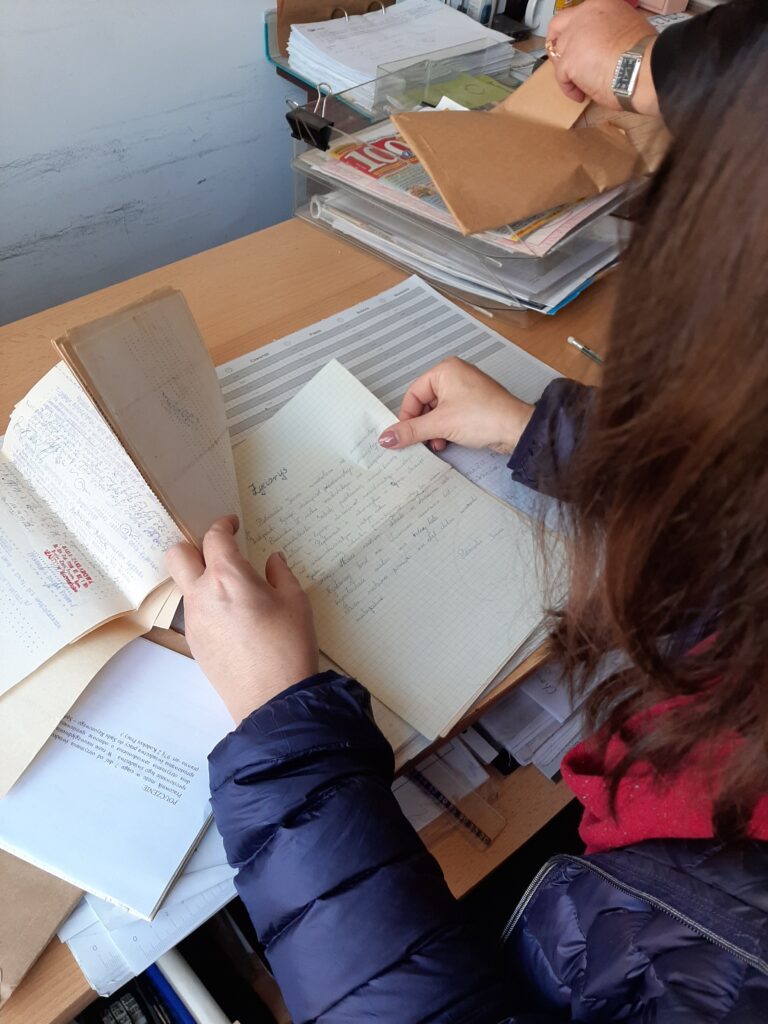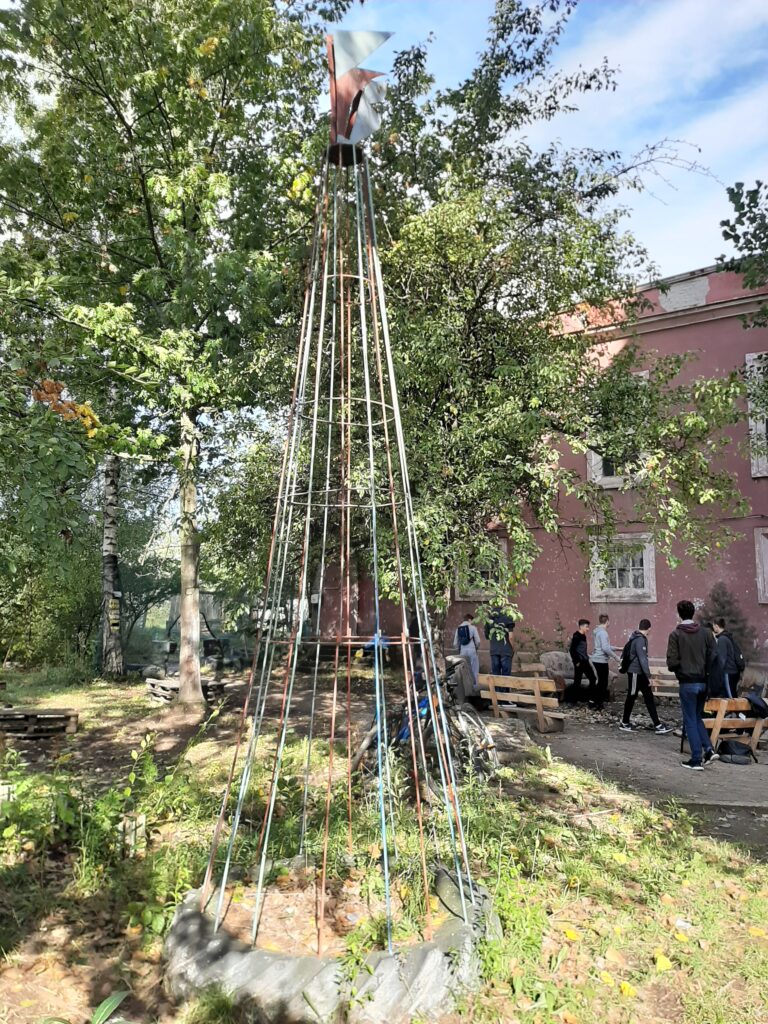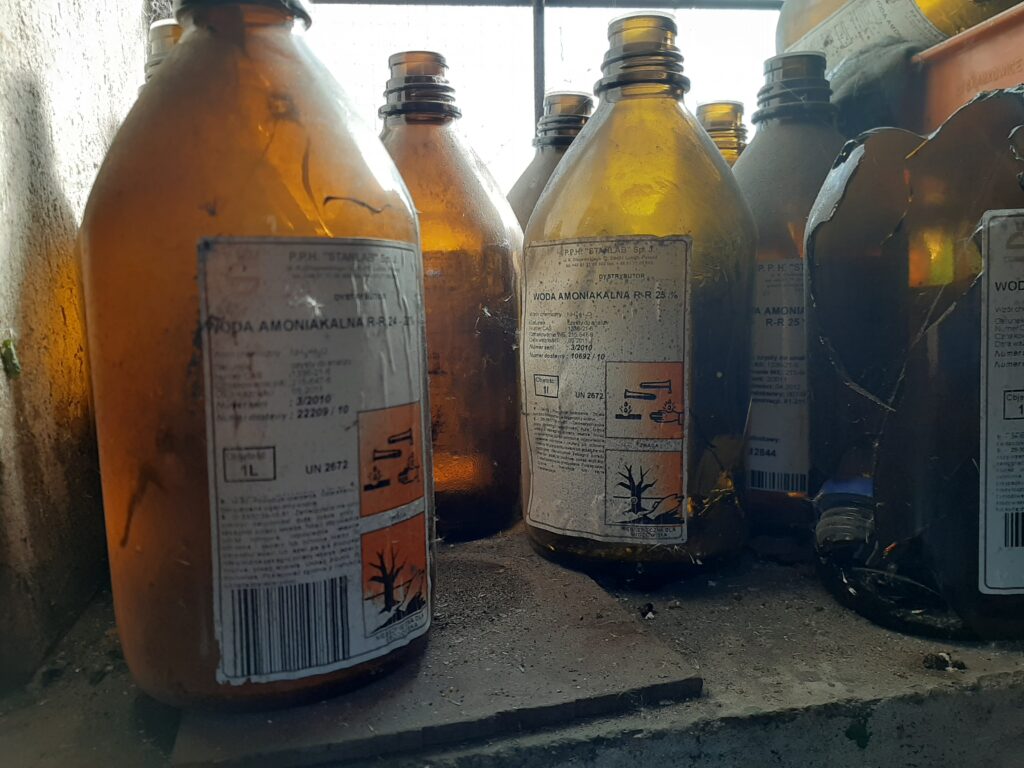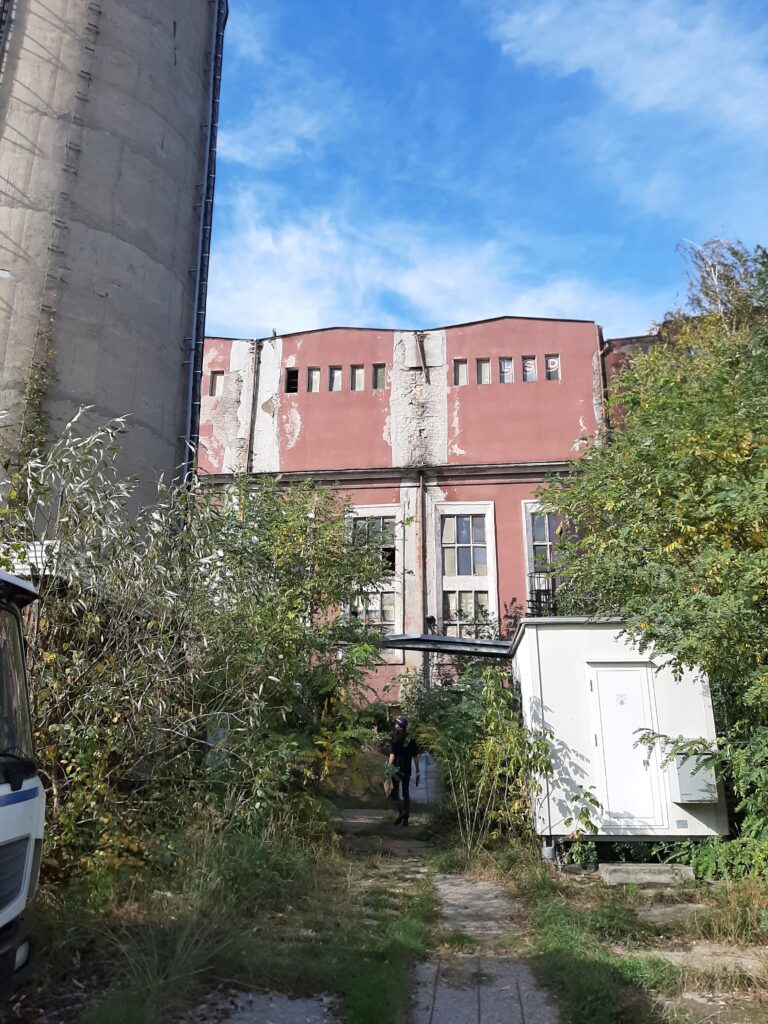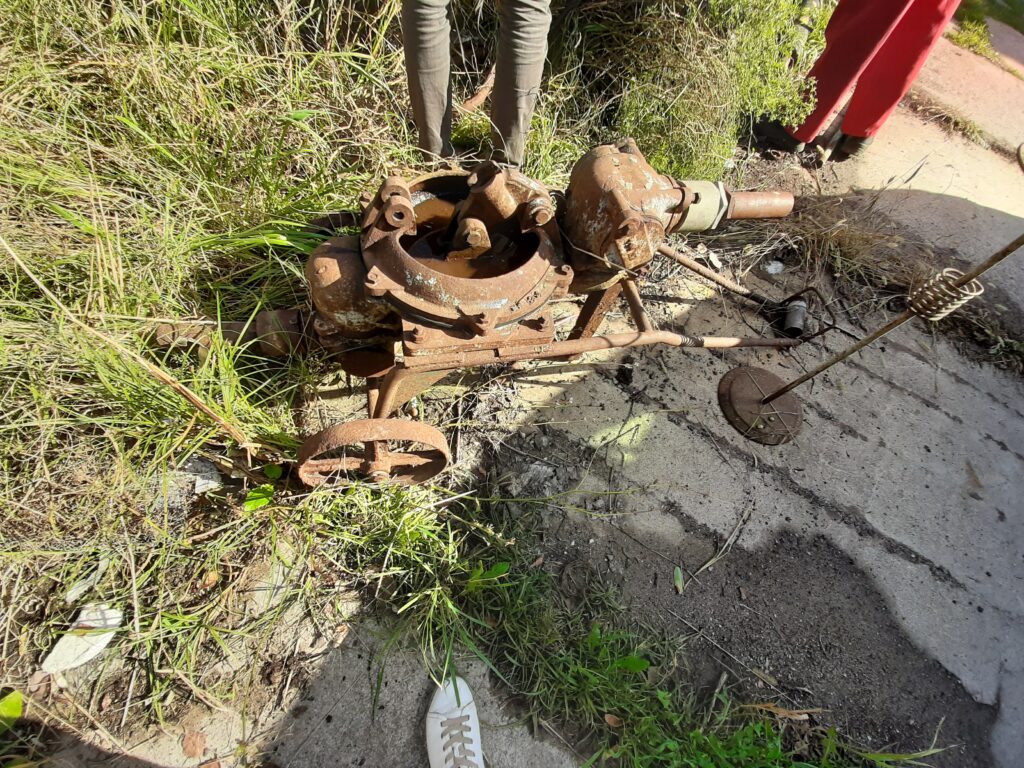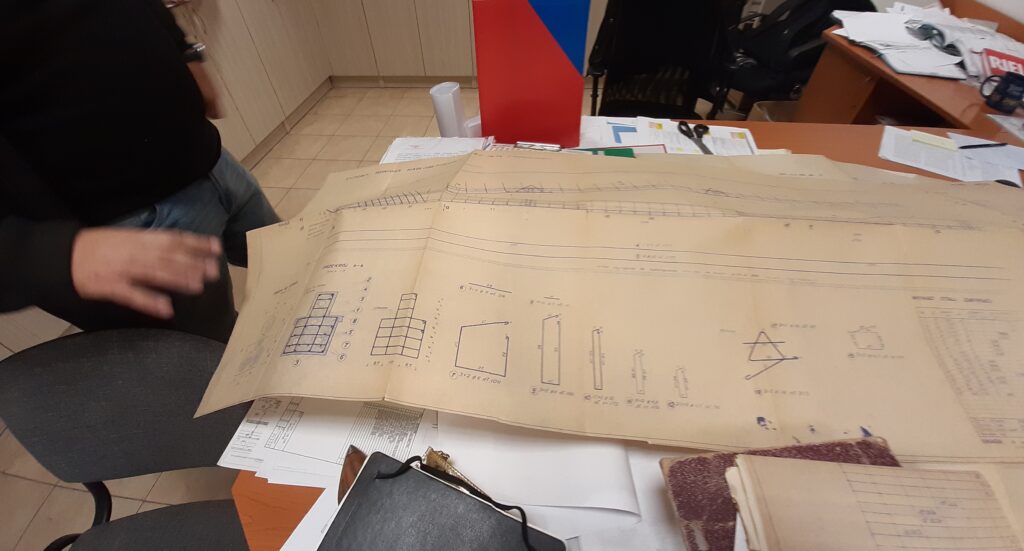Since 2019, as a partner of the Fundacja Dom, the WIDOK Association has been involved in commemorating the history of the largest post-war factory in the region – Bialystok Cotton Industries FASTY. As part of the “Fasty – my love” project implemented with Norwegian funds, we are recording memories, collecting memorabilia and documents of the combine, and taking photographic documentation of its remains. In March 2022, there was an exhibition about Fasty. A group of former employees of the plant are also involved in the project.
http://fd.org.pl/fasty-historia-miasta/
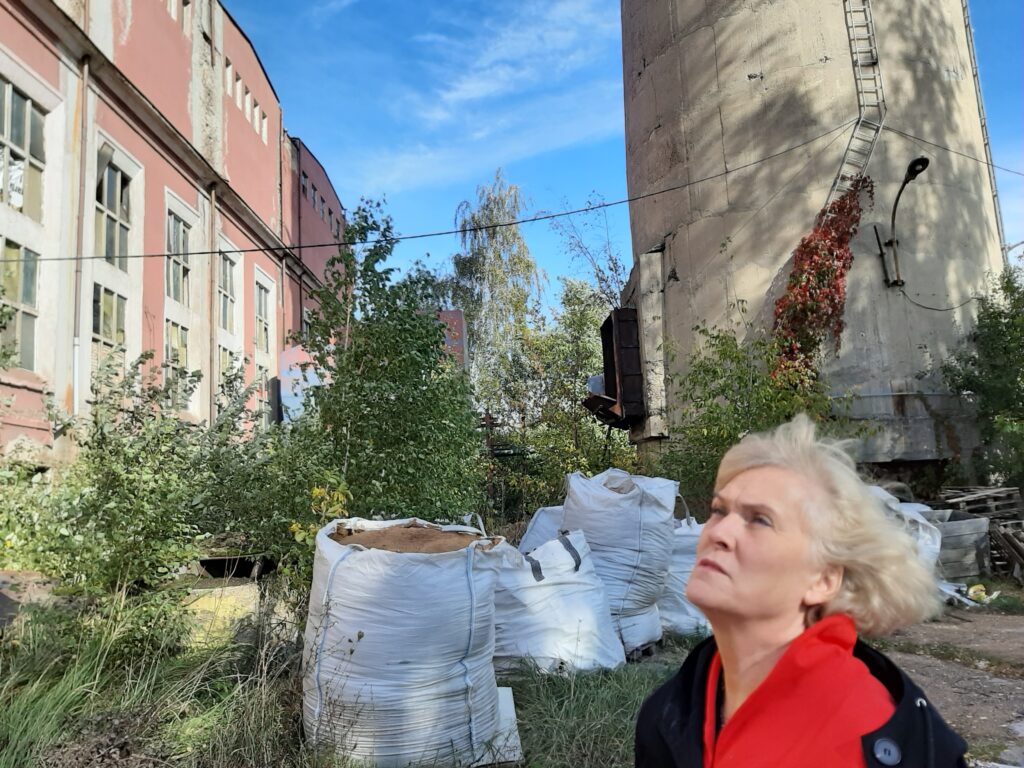
Bialystok Cotton Industries FASTY
Bialystok owes its position as one of the largest cities in eastern Poland to the textile industry, which developed here most intensively in the 19th century. Thanks to market prosperity, large factories have been established here. The best known are Becker, Herman Commichau, Hasbach. After the war they were nationalized, but most continued to work under other names (Biruna, Pasmanta, Sergean Factory).
With the right facilities in place, the communist authorities in 1953 began construction of a combine to demonstrate the momentum of the socialist economy. The general design for the construction of the new plant was developed by Moscow’s “Giprolegprom” Design Bureau. Construction of BZPB Fasty, a child of the 6-year plan, continued in stages. As early as 1954, a medium-row spinning mill began production. Construction was not completed until 1969, when the last facility, the printing plant, was put into operation. This is how the largest enterprise in the post-war history of Bialystok and the third-largest textile factory in communist Poland was established. It operated for nearly half a century.
Fasty occupied two hectares of factory halls under a roof. They housed three spinning mills, two weaving mills (white and colored), a finishing plant, and a dyeing plant. In the 1970s. Up to 7,000 were working in them. individuals. In total, more than 30,000 people have found employment in Fasty over 50 years. individuals. Women predominated (70 percent), and many commuted to the combine from neighboring villages. The work in Fasty was hard, “physical,” with three shifts (including night shifts). In the weaving mill in noise exceeding 100 decibels, in the spinning mill in humid air full of dust, in the dyeing plant in chemical fumes. But it was also a social advancement for most rural women, although it sometimes ruined their private lives. For half a century of operation, tens of thousands of people passed through the combine, which had a huge impact on the city’s social structure, culture and economy.

Fasty were the perfect product of socialism, with its gigantomania, labor forefront, record-breaking. They constituted a kind of city within a city. The facility had a power plant, a sewage treatment plant, a railroad ramp and locomotives, a chaperone school, stores, a clinic, a shelter, a saturator room, and a fattening house. They were also a breeding ground for propagandists who organized talks, parades, fraternal visits, and trips to the demolitions. Finally, Fasty is a Pederast pathology with acceptable theft, drunkenness, denunciation. The stories of former employees speak of daily drudgery, wobbly stability, unintentional heroism and always difficult choices. Despite this, many former fastovers remember the plant with fondness. Because the situation of widespread scarcity also built ties, fostered creativity, taught resourcefulness and gave the feeling that everyone had “the same little.”
In the 1980s. Fasty was the initiator of strikes in Bialystok (612 demands were made there). But the free-market changes that followed led to the plant’s liquidation and the loss of many people’s jobs. In 1998, the company’s losses reached 18 million zł, with downwardly piquing sales and negative capitals. The debt to Social Security and the Treasury reached 56 million. In 1999, Fasty split into companies. Today, the former finishing buildings house the Andropol textile company, which is to some extent the heir to Fast. The communist colossus was also replaced by many other small factories, stores and warehouses. Some facilities have fallen into disrepair. Recently, the inscription disappeared from the front wall of the most prominent building: “Such work today”, which was the first part of the propaganda slogan that once greeted fast workers entering the combine: “Such work today – such a Poland tomorrow”.



